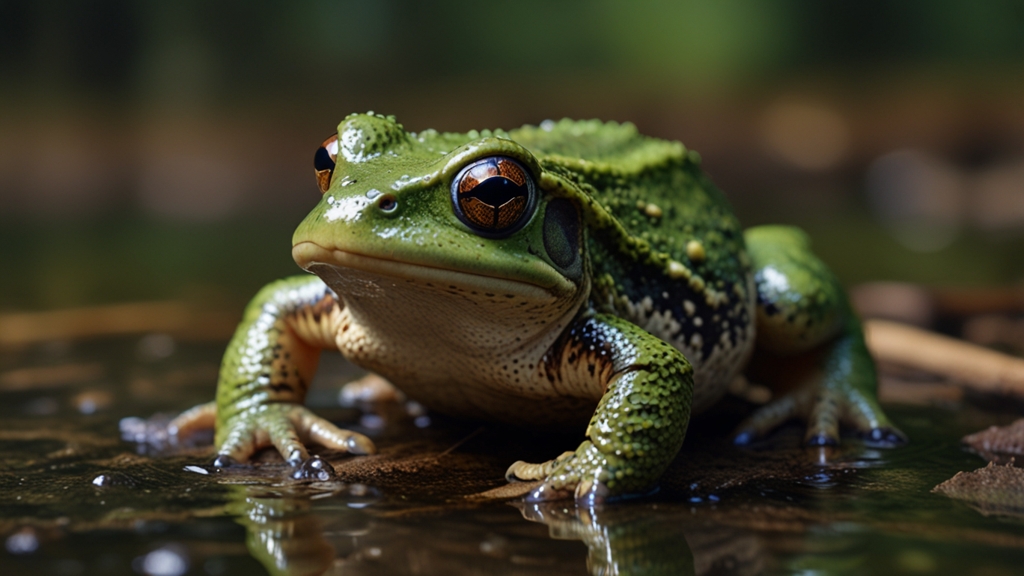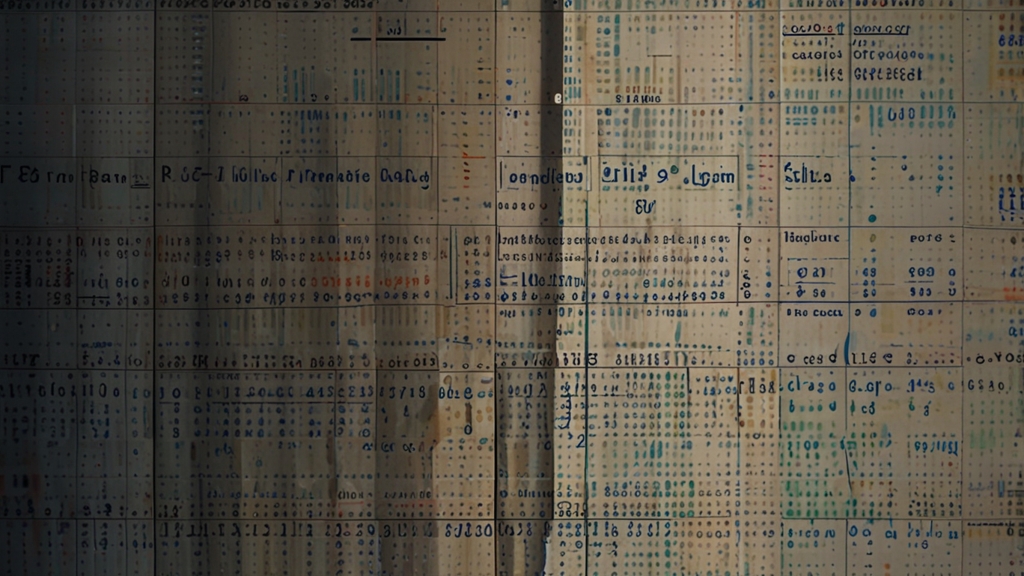The Most Outlandish Inventions of All Time
Throughout history, humans have been known for their incredible ingenuity and relentless pursuit of innovation. However, not all inventions are born out of necessity or practicality. Some creations are so bizarre that they leave us scratching our heads. Here, we take a journey through some of the most outlandish inventions of all time, showcasing humanity's boundless creativity and occasionally questionable taste.
The Baby Cage
In the 1930s, urban living often meant that families didn't have enough space for their children to experience fresh air. Enter the baby cage, an invention designed to dangle babies outside apartment windows in wire cages so they could get sunshine and fresh air without the need for outdoor space. While it seems shockingly unsafe by today's standards, it was marketed as a solution for city-dwelling parents. The invention didn’t last long, thanks to widespread safety concerns.
The Family Bicycle
Imagine a bicycle designed to carry the entire family, complete with a sewing machine attachment. This was the reality in the 19th century with the invention of the family bicycle. This multi-seated contraption allowed for communal pedaling with spaces for multiple riders, and for the sewing machine enthusiast, there was even a spot to get some stitching done while on the move. Needless to say, this invention didn’t quite revolutionize family travel as its creators hoped.
"In the past, many inventions have tried to address household or urban problems in ways that now seem unthinkable."
The Dog Umbrella
Pet owners often go to great lengths to pamper their furry friends, but even the most dedicated might raise an eyebrow at the dog umbrella. It's exactly what it sounds like: an umbrella designed specifically to keep dogs dry during rainy walks. Attached to the leash and situated above the pet, this invention aims to ensure that dogs stay as dry as their human counterparts. Although practical in concept, its execution and necessity remain debatable.
The Cat-Mew Machine
In 1963, Japanese inventor Kenji Kawakami introduced the world to the cat-mew machine. This bizarre device was designed to frighten away rats and mice by emitting recorded cat meows at random intervals. While it may have made sense to think predators would scare off pests, the randomness and artificial nature of the meows perhaps made it less effective than a real feline companion. This invention stands as a testament to the sometimes peculiar approaches humans take to pest control.
The Alarm Clock that Runs Away
For those who struggle to wake up in the morning, Clocky might be the answer. Clocky is an alarm clock on wheels that runs away and hides when it's time to wake up. Invented by Gauri Nanda, this outlandish invention forces users to physically get out of bed and chase the clock to turn off the alarm. While it may seem absurd, it addresses a common problem in a uniquely interactive way.
"The essence of innovation is found at the intersection of necessity and creativity, often leading to the birth of extraordinary and unexpected inventions."
The Ostrich Pillow
For those seeking a nap in unconventional places, the ostrich pillow offers a quirky solution. Resembling something between a helmet and a pillow, this wearable cushion covers the head and has openings for breathing, creating a private micro-environment for napping. Its primary audience includes frequent travelers and office workers in need of quick, comfortable naps during their day. While its appearance is certainly unconventional, it has garnered a niche following.
Conclusion
From baby cages to dog umbrellas, the history of outlandish inventions is as varied as it is fascinating. These inventions remind us that human innovation is as much about understanding what doesn't work as it is about finding groundbreaking solutions. Although they might seem absurd now, many of these inventions were sincere attempts to solve real problems or improve daily life, proving that the line between ingenious and outlandish is often a fine one.









